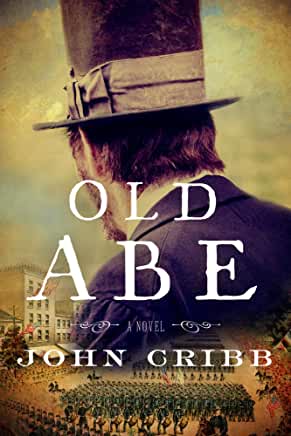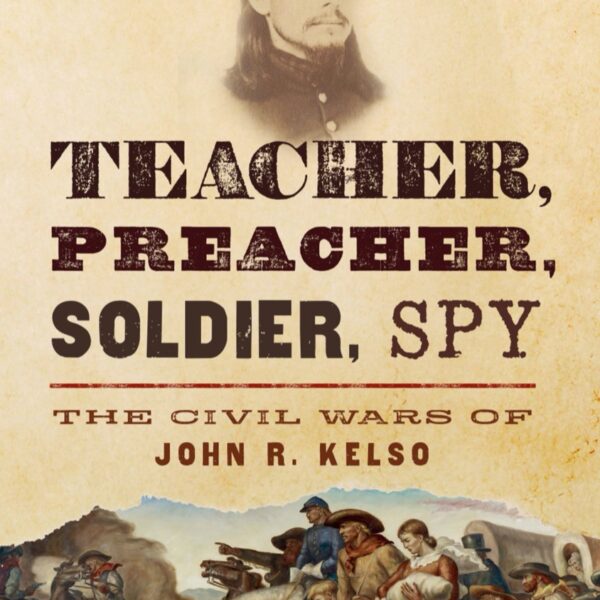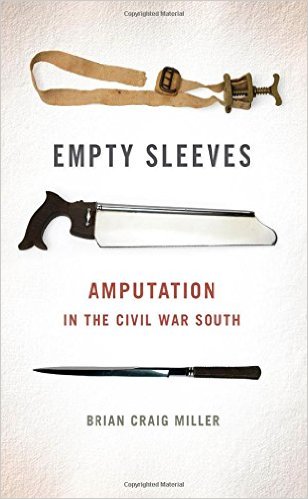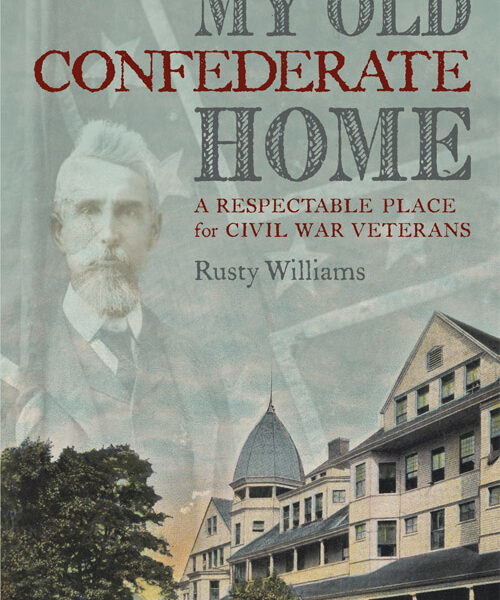The Last Civil War Veterans: The Lives of the Final Survivors, State by State by Frank L. Grzyb. McFarland & Company, Inc., 2016. Paper, ISBN: 978-1476665221. $35.00.
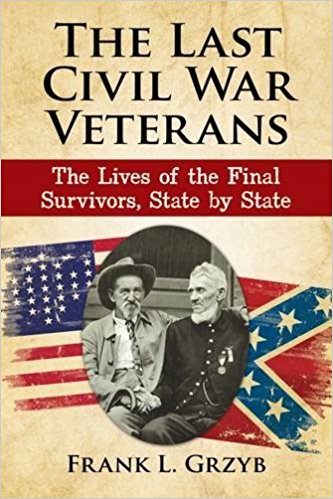 Frank Grzyb is the author of several compelling books and articles on Civil War veterans. In his latest work, Grzyb turns his attention to the longest-living Civil War veterans. To sketch these veterans’ early lives, wartime service, and postwar years, Grzyb utilizes pension applications, census and burial records, regimental histories, records of the Grand Army of the Republic (GAR) and United Confederate Veterans (UCV), other studies of veterans, and interviews he conducted with veterans’ descendants. Grzyb assigns the “last” designation by identifying the final veteran residing in each Civil War-era state and territory at the time of their deaths, regardless of the geographic origin of veterans’ wartime units.
Frank Grzyb is the author of several compelling books and articles on Civil War veterans. In his latest work, Grzyb turns his attention to the longest-living Civil War veterans. To sketch these veterans’ early lives, wartime service, and postwar years, Grzyb utilizes pension applications, census and burial records, regimental histories, records of the Grand Army of the Republic (GAR) and United Confederate Veterans (UCV), other studies of veterans, and interviews he conducted with veterans’ descendants. Grzyb assigns the “last” designation by identifying the final veteran residing in each Civil War-era state and territory at the time of their deaths, regardless of the geographic origin of veterans’ wartime units.
The Last Civil War Veterans is organized as a compendium of short biographies. Grzyb lists the final veterans’ stories by state, summarizes their wartime experiences, and describes their long postwar lives. Grzyb also includes valuable appendices sketching the biographies of last living participants and witnesses of notable events of the Civil War era, ranging from John Brown’s raid to Lincoln’s assassination.
Several themes are collectively illustrated by these biographies. As readers might expect, many of the Civil War’s last veterans were young teenagers when they enlisted. Because of their youth, a disproportionately high number of the final Union veterans served as musicians during the war, including Albert H. Woolson, the very last living Civil War veteran. Similarly, because of their young ages, many of the final Confederate veterans were impressed at high rates into home guard units. Other last veterans tended to be second-wave enlistees of 1863 and 1864, because they were too young to enlist at the war’s outset. Although several veterans served in hard-fighting infantry and cavalry units, and even in notorious guerrilla outfits, most of the last Civil War veterans served in less iconic military roles; included here are a preponderance of prison guards and teamsters. Perhaps explaining their longevity, many of the final veterans who lived until the early twentieth century were wounded at lower rates than the average Civil War soldier. Many of the last living Civil War veterans became state and national commanders of the GAR or UCV by default. Most of the final veterans died during the 1940s and 1950s, and the last passed away in 1956.
As Grzyb explains, accurately identifying the true “last” veterans of the Civil War is difficult. Problems Grzyb encountered included debunking a spate of early-twentieth century imposters; missing birth, service, and pension records; and collecting the memories of Civil War veterans’ descendants. To his credit, Grzyb clearly describes his selection criteria — the final verifiable veteran is the last veteran — and in cases of doubt, he identifies secondary selections. This clarity is the book’s major strength.
Unfortunately, a few serious weaknesses plague The Last Civil War Veterans, including missing or unclear citations for many of last veterans’ biographies. At several points in the book, Grzyb relies too heavily on secondary sources, especially studies of last veterans by historian Jay S. Hoar, online memorial blogs, and even Wikipedia. The most problematic shortcoming is Grzyb’s failure to engage studies of Civil War veterans’ postwar experiences and the Lost Cause. Sometimes this leads to serious missteps. For example, Grzyb perpetuates the myth of the black Confederate soldier by naming Alfred Blackburn, an enslaved black “manservant to his father,” as the last Confederate “veteran” of North Carolina. Grzyb recounts with admiration how Blackburn “shined” as a “bodyguard” by defending a Confederate “who happened to be his white father and master” at First Bull Run, and was later awarded a Confederate pension for his “service.” Grzyb neglects here to reflect upon the racist origins of the black Confederate myth. As Kevin Levin has pointed out, enslaved men cannot be considered veterans of an army that was built upon the very subjugation of enslaved African Americans. At other times, The Last Civil War Veterans is unintentionally infused with Lost Cause rhetoric, like when Grzyb reflects on the “honor” owed to “loyal and valorous” Confederate veterans.
Although The Last Civil War Veterans is not suitable for scholarly study of Civil War veterans, interested readers seeking a concise history of the final Civil War veterans will enjoy this book. To his credit, many of Grzyb’s entries include lively folk tales about old soldiers’ cantankerous behavior, and many high-quality photographs of the last veterans taken in the early twentieth century. With a few caveats, The Last Civil War Veterans makes for an informative general reading about the longest-living veterans of the Civil War.
Jonathan S. Jones is a Ph.D. Candidate in the History Department at Binghamton University.

